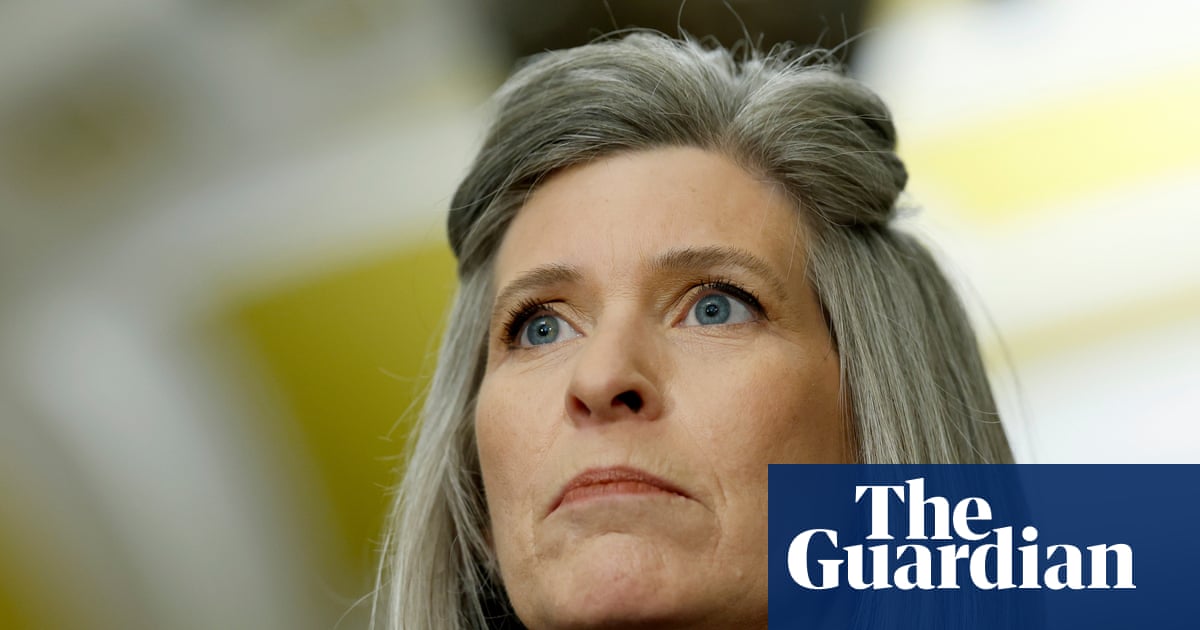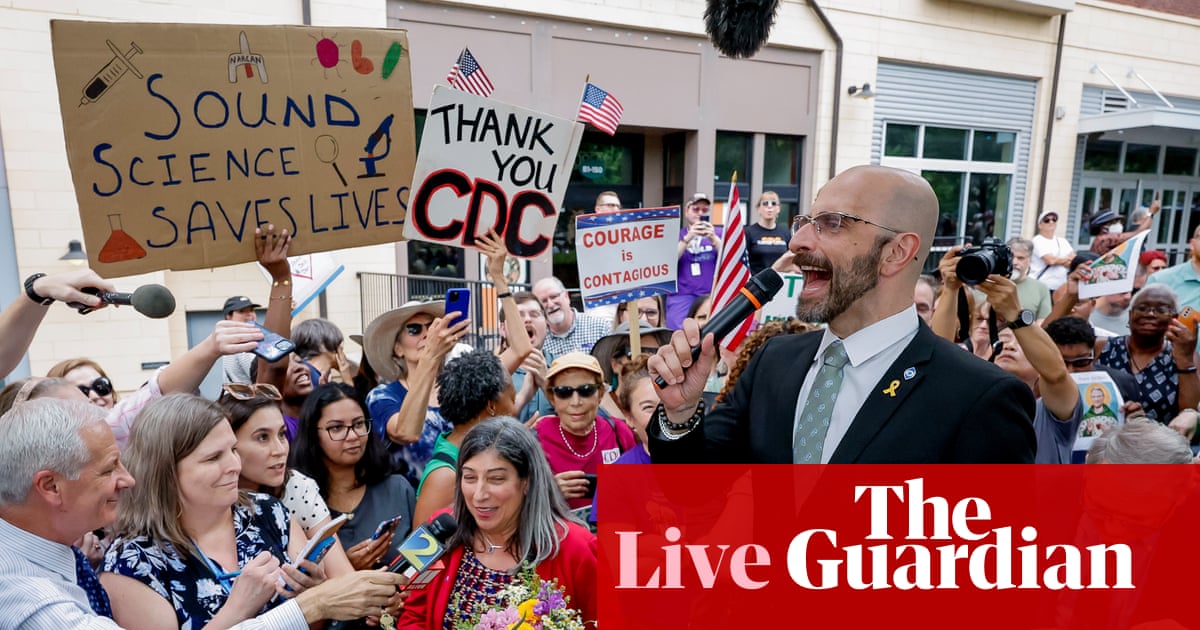More than 14,000 people, mainly Venezuelans, who hoped to reach the US have reversed course and turned south since the start of Donald Trump’s immigration crackdown, according to a report by the governments of Colombia, Panama and Costa Rica.
The phenomenon, known as “reverse flow” migration, is largely made up of Venezuelans who fled the country’s long-running economic, social and political crises only to encounter US immigration policy no longer open to asylum seekers.
Migration through the treacherous Darién Gap on the border of Colombia and Panama peaked in 2023 when more than half a million people crossed. It slowed somewhat in 2024, but ceased almost completely early this year.
The report, published on Friday with the support of the UN high commissioner for human rights, said that northward migration had dropped 97% this year.
People travelling south who were interviewed in Costa Rica, Panama and Colombia by the ombudsmen offices of those countries were almost all Venezuelans (97%) and about half said they planned to return to Venezuela, according to the report. Nearly all said they were returning because they could no longer legally reach the US.
Since 2017, about 8 million people have fled the crisis in Venezuela. For years, people travelled to other South American nations, including Colombia, Peru, Ecuador, Chile and more. That changed in 2021, when hundreds of thousands of people set out for the US, braving the Darién Gap along the way.
A government smartphone app became the main way for asylum seekers to enter the US under the Biden administration. Thousands of people became stranded in Mexico when Trump ended the use of the app on his first day in office.
About a quarter of those interviewed planned to go to neighbouring Colombia, previously the centre of mass migration from Venezuela. Others said they didn’t know where they were going.
Colombia and other South American nations spent years pleading for aid to cope with Venezuela’s migratory crisis before many people began to move toward the US. Today, Venezuela’s political and economic turmoil continues.
Those who trekked days across the Darién Gap on their way north are even more vulnerable as they make their way back. They have fewer funds to finance their journey and few prospects for work when they get back. Migrants are dropped into regions with a heavy presence of criminal groups that increasingly prey upon them, the report said.
“Most of these people are already victims of human rights abuses,” Scott Campbell, a UN human rights representative in Colombia, said in a statement. “We urge authorities to aid people in this reverse migration to prevent them from being exploited or falling into trafficking networks run by illegal armed groups.”
after newsletter promotion
The shift marks a radical reversal in one of the biggest mass migrations in the world.
People head south by bus through Mexico and other Central American nations until they arrive in the centre of Panama. From there, they pay between $260 (£193) and $280 to ride on precarious boats packed with people to go to Colombia.
They take two different routes. Most people island-hop north of Panama through the Caribbean Sea, landing in the small town of Necoclí, Colombia, where many started their journeys through the Darién.
Others travel south by sea along a jungled swath of Panama and Colombia through the Pacific Ocean where they are dropped off in remote towns or in the Colombian city of Buenaventura. Colombia’s ombudsman’s office estimates about 450 people have taken the perilous route, and the UN has documented people being scammed and stranded, facing boat accidents and arriving beaten and vulnerable from their journey.
The region is one of the most violent in Colombia and a lack of state presence is filled by warring armed groups.

 German (DE)
German (DE)  English (US)
English (US)  Spanish (ES)
Spanish (ES)  French (FR)
French (FR)  Hindi (IN)
Hindi (IN)  Italian (IT)
Italian (IT)  Russian (RU)
Russian (RU)  5 hours ago
5 hours ago
























Comments